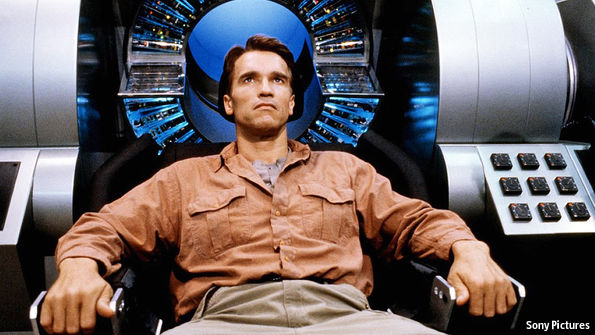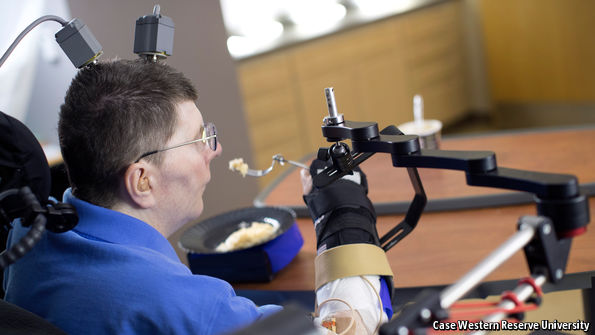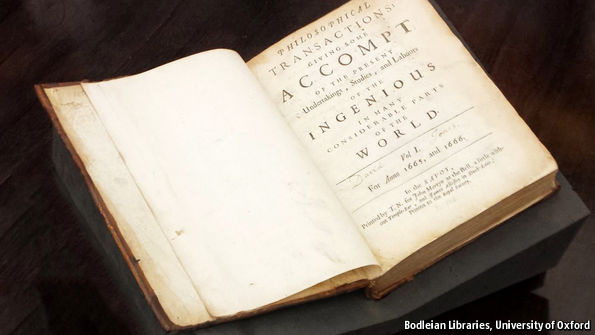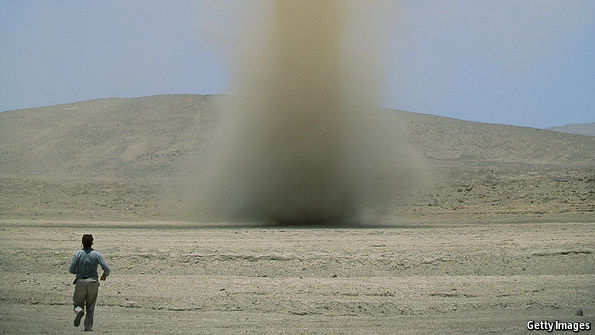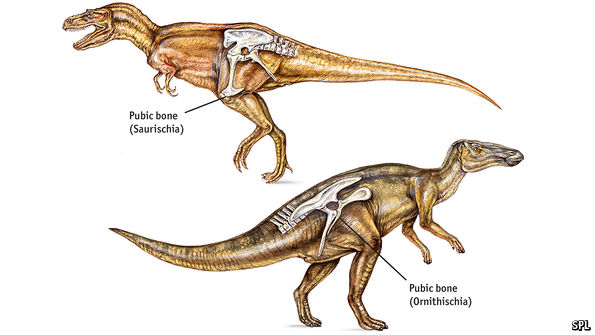SpaceX successfully reuses a rocket booster
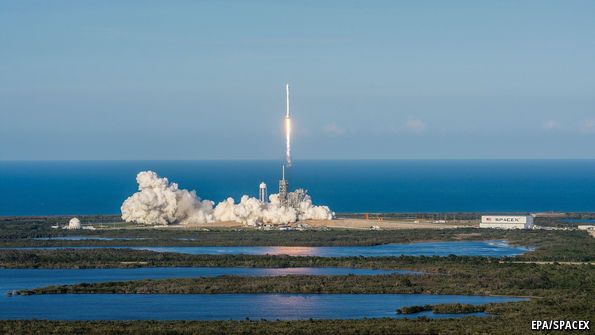
IT WAS a nice piece of marketing. The Falcon 9 rocket launched from Cape Canaveral in Florida at 6.27pm on March 30th by SpaceX, Elon Musk’s rocketry company, had already been into space once. But there was to be no talk of “used” hardware. Instead, insisted the company, the booster was “flight proven”. And in the end, its mission—to deliver a communications satellite into geostationary orbit—went off without a hitch.
PR aside, successfully relaunching a used rocket is another impressive achievement for the firm. When Mr Musk founded SpaceX in 2002, his goal was a drastic cut in the cost of getting things into orbit. He has already delivered, to some extent: launch costs for a satellite on a Falcon 9 are substantially lower than on other rockets. But he has always insisted that cheap spaceflight will only be truly possible once rockets become reusable.
It is hard to argue. Aside from the Falcon 9, all the rockets flying commercially today are one-shot affairs. No airline would dream of destroying its planes after every flight. Yet once rockets have done their job, they are either dropped into the sea or abandoned in space. SpaceX hopes to change…Continue reading
Source: Economist





